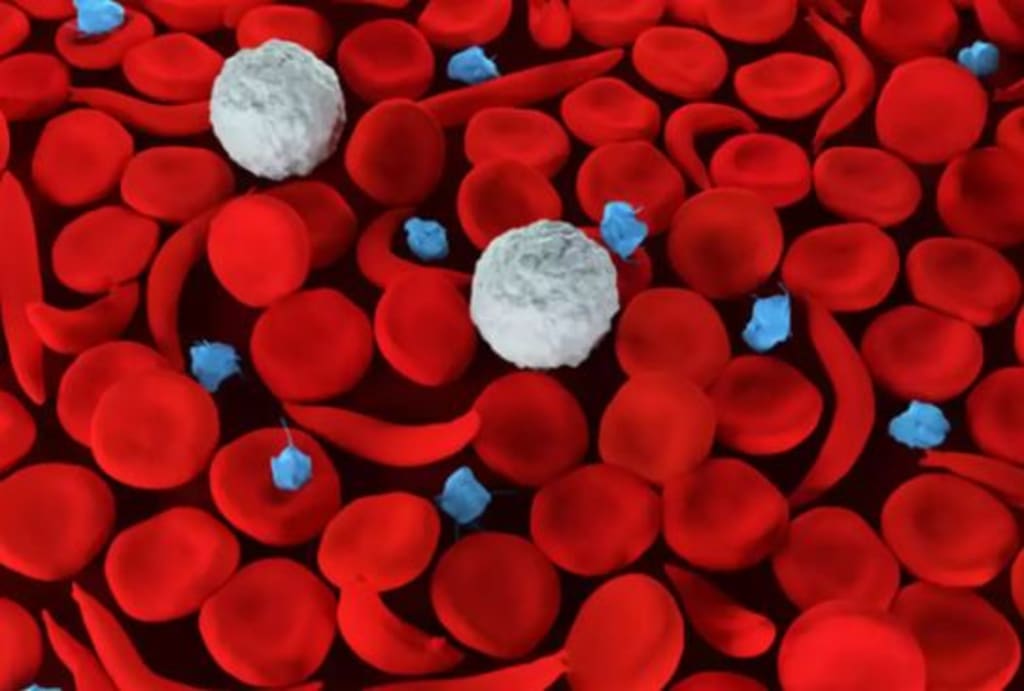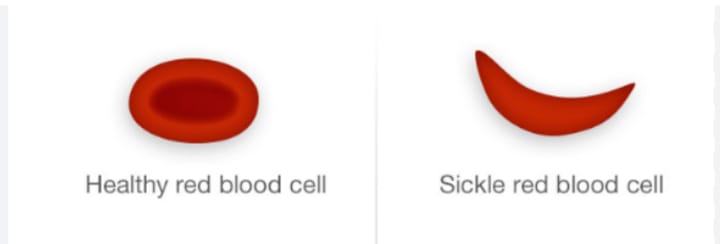Sickle Cell Anemia: Unveiling the Challenges and Advances in Treatment
Sickle cell anemia is a genetic blood disorder that affects millions of people worldwide. It is a chronic condition characterized by abnormal, crescent-shaped red blood cells instead of the normal disc-shaped ones.

Sickle cell anemia is a genetic blood disorder that affects millions of people worldwide. It is a chronic condition characterized by abnormal, crescent-shaped red blood cells instead of the normal disc-shaped ones. This distinctive shape can cause the cells to get stuck in blood vessels, leading to blockages, severe pain, and a range of other health complications. In this article, we will delve into the intricacies of sickle cell anemia, explore its impact on individuals and society, and discuss the advancements made in its treatment.
First discovered in 1910, sickle cell anemia primarily affects individuals of African, Middle Eastern, Mediterranean, and Indian descent. It is caused by a mutation in the hemoglobin gene, which is responsible for carrying oxygen throughout the body. This mutation leads to the production of abnormal hemoglobin known as hemoglobin S. When oxygen levels in the blood are low, the abnormal hemoglobin causes red blood cells to become rigid and adopt the characteristic sickle shape.

Living with sickle cell anemia can be incredibly challenging for patients and their families. The most common symptom is excruciating pain, known as sickle cell crisis, which can occur unpredictably and last for days or even weeks. These episodes often require hospitalization and can significantly impact a person's quality of life. Additionally, sickle cell anemia can cause a wide range of complications, including an increased risk of infections, stroke, organ damage, and chronic fatigue.
Historically, the treatment options for sickle cell anemia were limited. Patients often relied on pain management techniques, blood transfusions, and supportive care to alleviate symptoms. However, in recent years, there have been significant advancements in the understanding and management of this condition. One notable breakthrough is the development of disease-modifying treatments, such as hydroxyurea. This medication has been shown to reduce the frequency and severity of sickle cell crises and decrease the need for blood transfusions.
Another promising approach is hematopoietic stem cell transplantation (HSCT), also known as bone marrow transplantation. HSCT involves replacing the patient's faulty stem cells with healthy ones from a compatible donor. This procedure has the potential to cure sickle cell anemia, but its success depends on finding a suitable donor and managing potential complications. While HSCT has shown positive outcomes in some cases, it is not widely available and remains a complex and expensive procedure.
In addition to medical interventions, the management of sickle cell anemia requires a multidisciplinary approach. Regular monitoring and preventive care are crucial to prevent complications and ensure optimal health outcomes. This includes routine vaccinations, screening for infections, and close monitoring of organ function. Pain management plays a pivotal role in enhancing the quality of life for individuals with sickle cell anemia. It often involves a combination of medications, physical therapy, and psychosocial support to address both the physical and emotional aspects of pain.
Education and awareness also play a vital role in empowering patients and promoting understanding within communities. It is essential to debunk myths and misconceptions surrounding sickle cell anemia and provide accurate information to dispel stigma. Furthermore, research and innovation continue to be key in the pursuit of better treatments and ultimately a cure for this challenging condition. Scientists and healthcare professionals are exploring gene therapy and other novel approaches to address the root cause of sickle cell anemia.
While there have been significant strides in the management of sickle cell anemia, much work remains to be done. Access to comprehensive care and specialized centers with expertise in the condition is crucial, especially in regions heavily affected by sickle cell anemia. Collaboration among healthcare providers, researchers, policymakers, and patient advocacy groups is essential to drive progress and improve the lives of individuals with sickle cell anemia.
Thus, it can be aptly concluded that sickle cell anemia is a complex genetic disorder that poses numerous challenges for individuals and healthcare systems. However, with advancements in treatment options, increased awareness, and ongoing research efforts, there is hope for a brighter future. By embracing a holistic approach that combines medical interventions, supportive care, education, and research, we can continue to make significant strides in the management and ultimate eradication of sickle cell anemia.
About the Creator
Abhinandan Kaul
Abhinandan Kaul is an actor, writer, media personality, public speaker, blogger, entrepreneur, youth leader and the Founder of Exam Plus Noida.






Comments
There are no comments for this story
Be the first to respond and start the conversation.